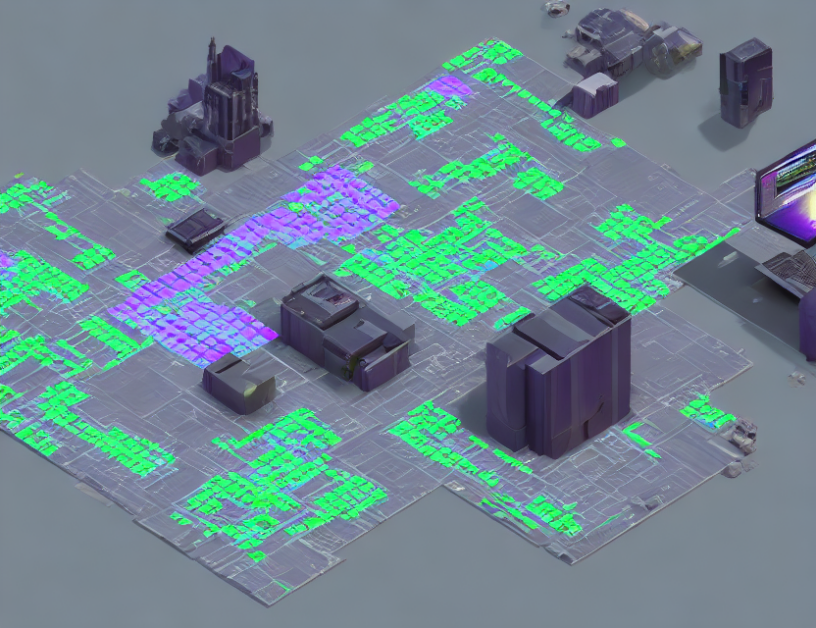In this article, researchers present a new approach to image recognition using transformer models. These models are based on the idea of representing images as functions, which can be processed using transformer architecture. This allows for efficient and scalable image recognition, making it possible to handle large datasets with ease.
Functions Represent Image Data
The authors explain that instead of representing images as grids of pixels, they are represented as functions. These functions capture the essential information in the image, such as shapes and patterns, while ignoring irrelevant details. This approach allows for efficient processing and analysis of large images.
Transformers for Image Recognition
The researchers propose a new architecture called CORAL (Convolutional-based Operators with Relational Attention Layers), which combines transformer models with convolutional neural networks (CNNs). This allows for both local and global information to be captured, improving image recognition accuracy. The authors show that their approach achieves state-of-the-art performance on several benchmark datasets.
Efficient Processing
One of the key benefits of representing images as functions is that it enables efficient processing using transformer models. This is because transformers are designed to process sequential data, such as text, and can handle long-range dependencies easily. In contrast, traditional CNNs are designed for grid-based data and can be computationally expensive when dealing with large images.
Compact Representation
Another important aspect of the proposed approach is the use of a compact latent code to represent the functions. This allows for fast inference within the representation space, making it possible to handle large datasets quickly. The authors also demonstrate that their method can be used for various tasks, such as image generation and editing.
Related Work
The authors review related work in the field of transformers for image recognition, including the use of multi-resolution representations and hierarchical vision transformers. They also discuss challenges associated with scaling transformer models to large datasets.
Conclusion
In summary, the article presents a new approach to image recognition using transformer models. The proposed method represents images as functions, which can be processed efficiently using transformer architecture. This enables scalable and accurate image recognition, making it possible to handle large datasets with ease. The authors demonstrate the effectiveness of their approach on several benchmark datasets and highlight its potential for various applications in computer vision.



